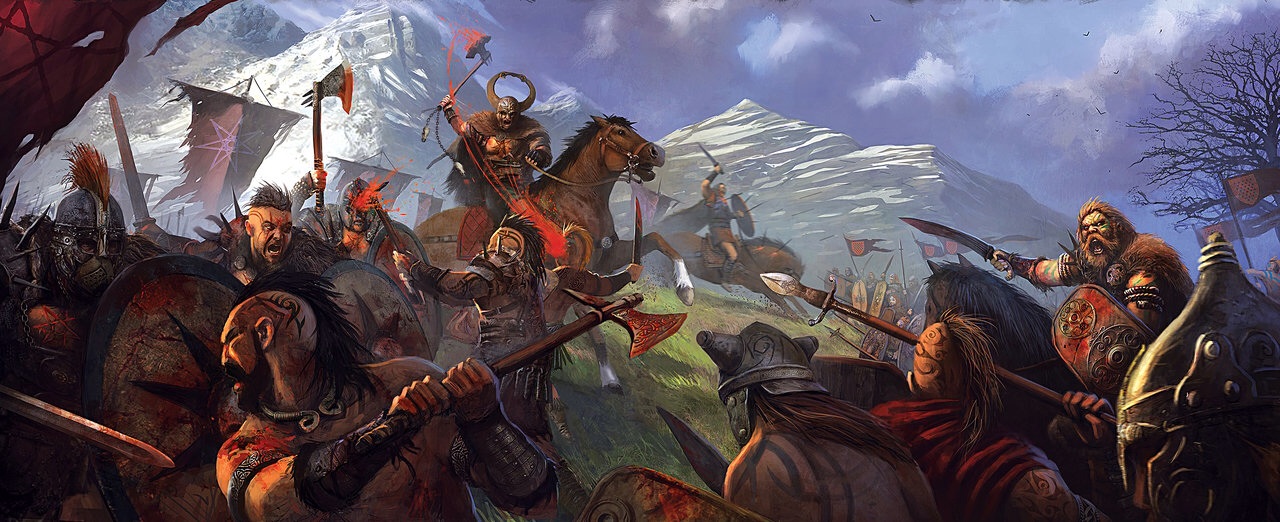

This endangered species has been listed on the International Union for Conservation of Nature (IUCN) Red List as vulnerable since 1996. Singaporean researchers like Philip Johns embrace the “really healthy” population as it’s harder to track smooth-coated otters in the wild from all the water pollution and habitat loss elsewhere. Otter Facebook fan pages like Ottercity, which track the burgeoning creatures, documented when the mighty Bishan otter family and Marina otter family broke their one-year truce to fight once again over territory. In 2018, a video of the squeaking war cries of over a dozen otters charging at each other in the Kallang Basin went viral. Despite the easy living these otters seem to have, the growing number of otter families result in fierce clan wars. However, not all is well in otter paradise. The otters adapted quickly and many soon learned how to navigate five-lane roads and cars since their return.

In the ‘70s, the tropical country’s pollution and deforestation warded off the otters, but over the years, the city-state made triumphant moves to clean its waters and reforest its surrounding areas, according to the Washington Post. Smooth-coated otters may be few in the wild but they’re thriving in the Singaporean metropolis.Ĭlash of the clans: Beyond a lack of natural predators, these city otters use Singapore’s waterways as an ideal highway for moving around and for access to an abundance of fresh fish, according to BBC Earth.


 0 kommentar(er)
0 kommentar(er)
